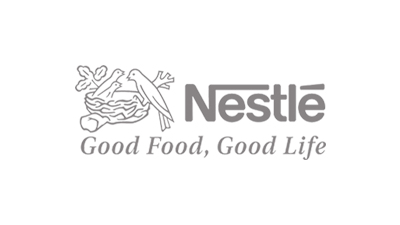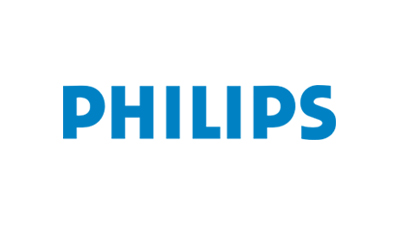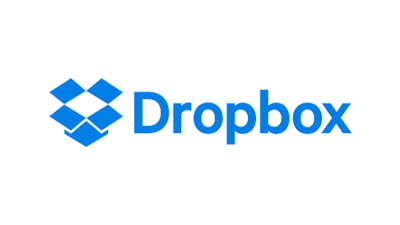This report researches the worldwide Microbial Biosurfactants market size (value, capacity, production and consumption) in key regions like North America, Europe, Asia Pacific (China, Japan) and other regions. This study categorizes the global Microbial Biosurfactants breakdown data by manufacturers, region, type and application, also analyzes the market status, market share, growth rate, future trends, market drivers, opportunities and challenges, risks and entry barriers, sales channels, distributors and Porter's Five Forces Analysis. Biosurfactants can be defined as the surface-active biomolecules produced by microorganisms with wide-range of applications. In recent years, due to their unique properties like specificity, low toxicity and relative ease of preparation, these surface-active biomolecules have attracted wide interest. Due to their unique functional properties, biosurfactants were used in several industries including organic chemicals, petroleum, petrochemicals, mining, metallurgy (mainly bioleaching), agrochemicals, fertilizers, foods, beverages, cosmetics, pharmaceuticals and many others. They can be used as emulsifiers as well as demulsifiers, wetting agents, foaming agents, spreading agents, functional food ingredients and detergents. The interfacial surface tension reducing ability of biosurfactants made them to play important role in oil recovery and bioremediation of heavy crude oil. Glycolipid, Lipopeptides and lipoproteins and Fatty acids, phospholipids and neutral lipids are common microbial biosurfactants. Europe has the largest microbial biosurfactants production in 2015 with 42.65% production market share; Followed by USA and China, which occupied 18.49% and 13.86% production market share. Europe consumed 37.35% of the global total microbial biosurfactants output in 2015; Followed by North America and China in 16.89% and 12.27%. Microbial biosurfactants can be classified to rhamnolipids, sophorolipids, mannosylerythritol Lipids (MEL), others. Sophorolipids occupied 54.12% global market share in 2015; Rhamnolipids occupied 26.17% market share. Mannosylerythritol Lipids (MEL) and other microbial biosurfactants take 5.04% and 14.67% market share. Global Microbial Biosurfactants market size will increase to xx Million US$ by 2025, from xx Million US$ in 2017, at a CAGR of xx% during the forecast period. In this study, 2017 has been considered as the base year and 2018 to 2025 as the forecast period to estimate the market size for Microbial Biosurfactants. This report focuses on the top manufacturers' Microbial Biosurfactants capacity, production, value, price and market share of Microbial Biosurfactants in global market. The following manufacturers are covered in this report: AkzoNobel BASF Innospec CLARIANT Stepan SEPPIC Daqing WOTAISI Jeneil Rhamnolipid Natsurfact Evonik Microbial Biosurfactants Breakdown Data by Type Rhamnolipids Sophorolipids Mannosylerythritol Lipids (MEL) Others Microbial Biosurfactants Breakdown Data by Application Food Industry Detergent Oil Industry Other Application Microbial Biosurfactants Production Breakdown Data by Region United States Europe China Japan Other Regions Microbial Biosurfactants Consumption Breakdown Data by Region North America United States Canada Mexico Asia-Pacific China India Japan South Korea Australia Indonesia Malaysia Philippines Thailand Vietnam Europe Germany France UK Italy Russia Rest of Europe Central & South America Brazil Rest of South America Middle East & Africa GCC Countries Turkey Egypt South Africa Rest of Middle East & Africa The study objectives are: To analyze and research the global Microbial Biosurfactants capacity, production, value, consumption, status and forecast; To focus on the key Microbial Biosurfactants manufacturers and study the capacity, production, value, market share and development plans in next few years. To focuses on the global key manufacturers, to define, describe and analyze the market competition landscape, SWOT analysis. To define, describe and forecast the market by type, application and region. To analyze the global and key regions market potential and advantage, opportunity and challenge, restraints and risks. To identify significant trends and factors driving or inhibiting the market growth. To analyze the opportunities in the market for stakeholders by identifying the high growth segments. To strategically analyze each submarket with respect to individual growth trend and their contribution to the market. To analyze competitive developments such as expansions, agreements, new product launches, and acquisitions in the market. To strategically profile the key players and comprehensively analyze their growth strategies. In this study, the years considered to estimate the market size of Microbial Biosurfactants : History Year: 2013-2017 Base Year: 2017 Estimated Year: 2018 Forecast Year 2018 to 2025 For the data information by region, company, type and application, 2017 is considered as the base year. Whenever data information was unavailable for the base year, the prior year has been considered.
Table of Contents Global Microbial Biosurfactants Market Research Report 2018-2025, by Manufacturers, Regions, Types and Applications 1 Study Coverage 1.1 Microbial Biosurfactants Product 1.2 Key Market Segments in This Study 1.3 Key Manufacturers Covered 1.4 Market by Type 1.4.1 Global Microbial Biosurfactants Market Size Growth Rate by Type 1.4.2 Rhamnol









